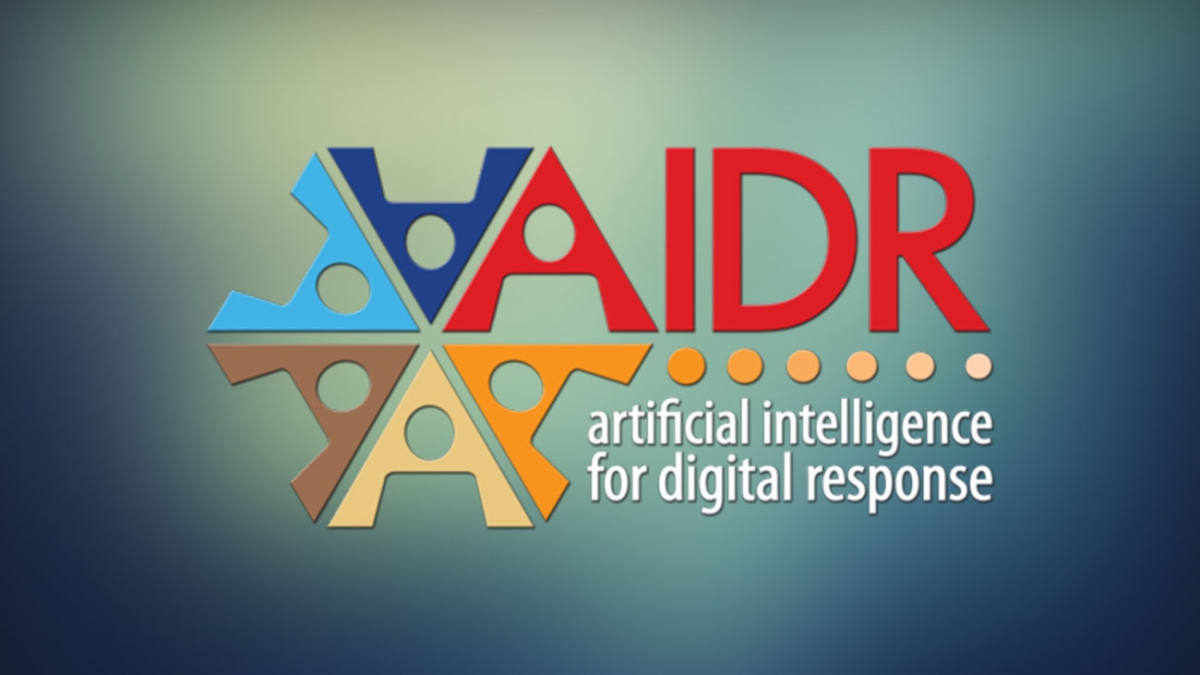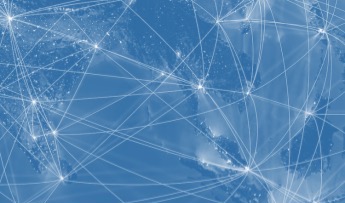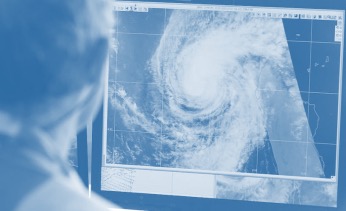Asia-Pacific E-Resilience Toolkit Tool
AIDR Artificial Intelligence for Disaster Response
AIDR (Artificial Intelligence for Disaster Response) is a free and open source software that automatically collects and classifies tweets that are posted during humanitarian crises.
There is far too much data produced via social media during crisis situations for humans to manage on their own. In addition, the data are too rich and complex for machines to successfully process them. AIDR combines the best of both worlds by combining human and machine intelligence. In conjunction with Tweets and the Micromappers software, AIDR is able to learn from humans working on humanitarian situations and assists to make sense of the ton of text data, video, and images that are generated.
For work related to humanitarian or crisis response where Twitter use needs to be more cohesive, AIDR can assist to gather and classify tweets about a particular situation. All that is needed to start is a list of keywords or hashtags, and/or a geographical region of interest. Once the collection commences and tweets begin to gather, different categories need to be defined to label the information communicated in the tweets, for example "Medical Needs" or "Sheltering." Custom categories can be created or examples are provided.
AIDR is based on supervised machine learning. The first step is to collect tweets related to a disaster. The Collector helps to do this by filtering tweets using keywords and/or hashtags such as "hurricane" and "#Sandy," for example. This is just like a regular search on Twitter.com, which means many of the resulting tweets will contain selected keywords and/or hashtags, but will not be relevant to disaster response or to the specific information needs of humanitarian organizations. This is where the Tagger comes in.
While the Collector is a word-filter, the Tagger is a topic-filter. The tagger classifies tweets by topics of interest, such as "Infrastructure Damage," and "Donations," for example. The classification is done automatically based on a set of human-tagged items which are provided through MicroMappers.org. More than one person (if desired) can contribute to classifying tweets.
Once this is done, the "Tagger" automatically applies the classifier to incoming tweets collected in real-time using the Collector. All new tweets that relate to infrastructure damage (or other category) are automatically tagged and displayed on the Tagger, which you can use to power a live dashboard and/or crisis map.
The AIDR team works closely with UNOCHA, ICRC and others to carry out deployments. The AIDR team fully endorses ICRC's Data Protection Protocols and UN's Guidelines on Cyber Security.
This tool is relevant to e-resilience, as it helps to address information over-load in order to make crowd sourced data more cohesive and useful.






